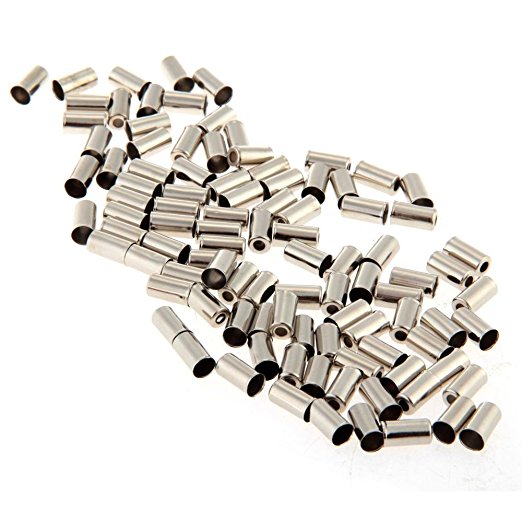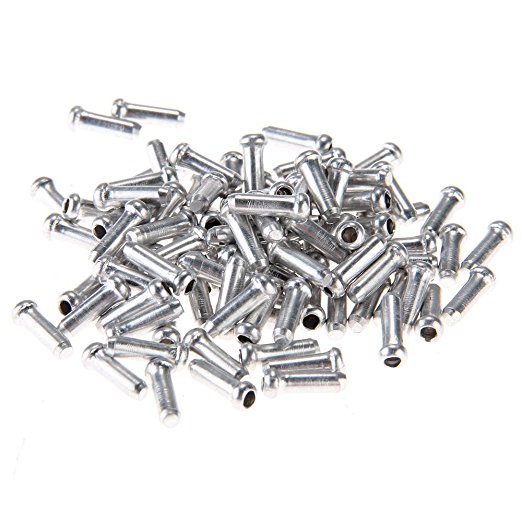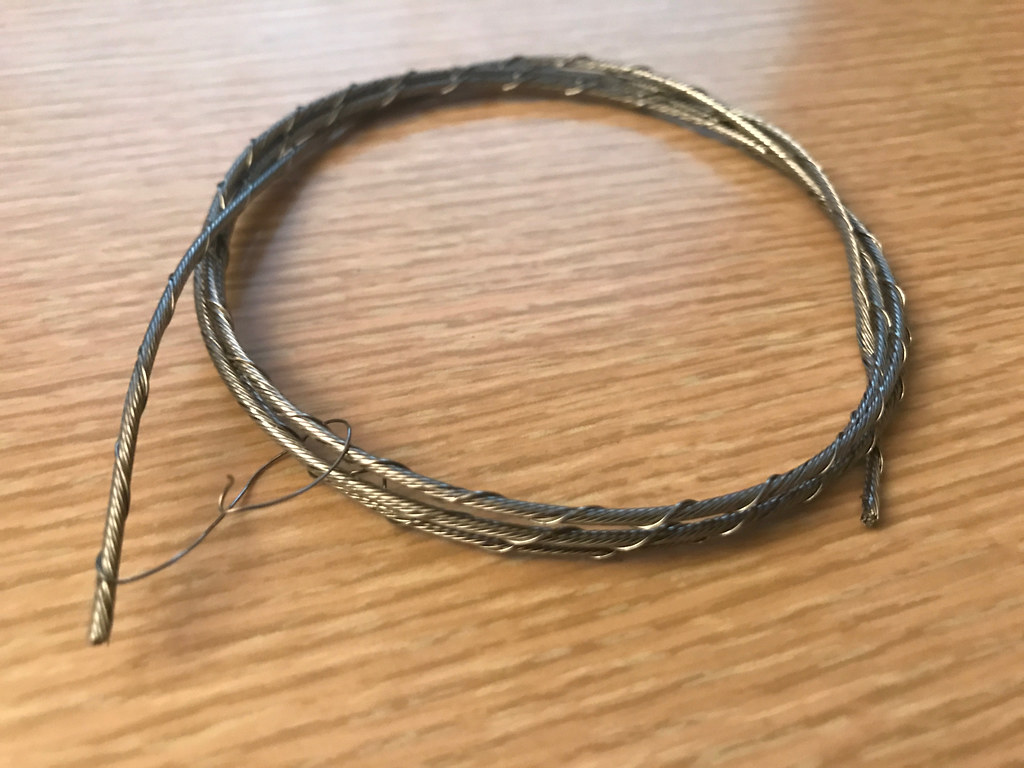Valoria II: Disc brakes
To go along with my white frame, I decided I wanted white cables. Zach found some great cable housing for me, and I managed to stumble my way through the rest of the work.
Did you know that brake cables and shifter cables use different housings, with different diameters? I sure didn’t.
Brake cable housings have a metal lining made out of one long spiral of steel that wraps around the brake cable. Shifter cable housings also have a metal lining, but it’s made up of many little straight threads of steel surrounding the central shaft where the cable passes through. So, brake cable housings are thicker and stronger, and shifter cable housings are stiffer and smoother.
That pointy thing in the above picture is called an awl. After you cut the cables with your crappy non-custom set of heavy pliers, you can use the awl to widen the hole back out again, making it much easier to thread the cable.
I ran seven segments of cable in total. Three for shifters, and four for brakes. Partway through I ran out of brake cable end caps so I had to order more. (I already had plenty of crimp-on cable tips.)


Of course, it was amateur hour: I had to re-do two of the brake cables because I cut one too short, and the other too long.
As I was doing that, I had to re-thread the rear brake cabe a few times, and it started to unravel. That was a very bad thing. A single strand got pushed out of alignment, and as I was testing the brake the problem got worse until the whole cable was messed up:
That just sucks. It’s also why professional bike builders use special cutters on cables to keep them from unraveling.
The rear brake cable on a recumbent is extra long, and replacement cables are almost never long enough. Eventually I found one that was almost 3 meters long and installed it. Turned out to be even better cable than what Bacchetta gave me. An embarrassing mistake, but I made it right.



